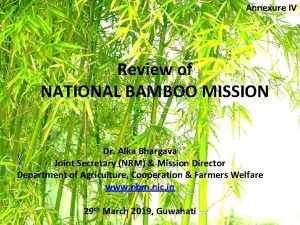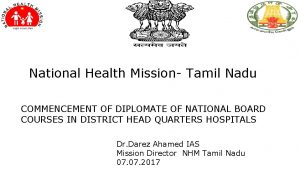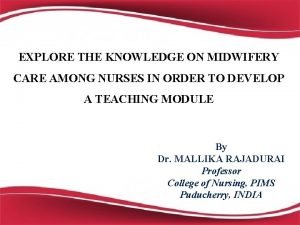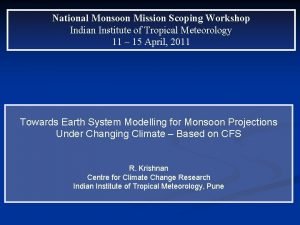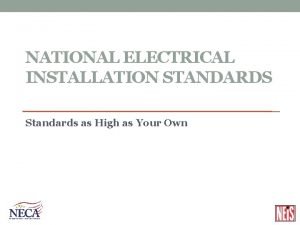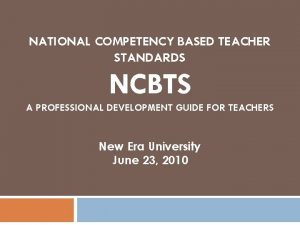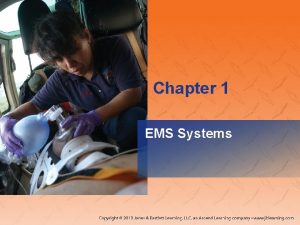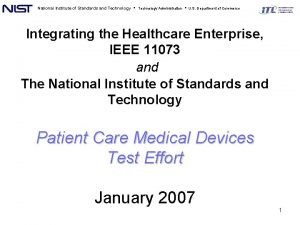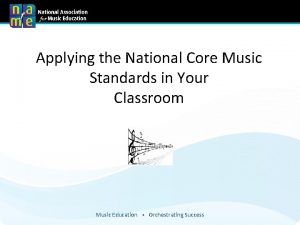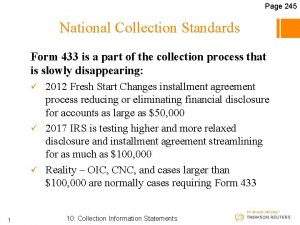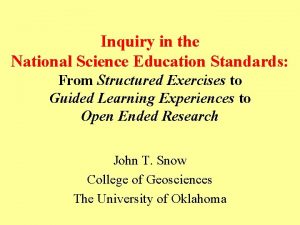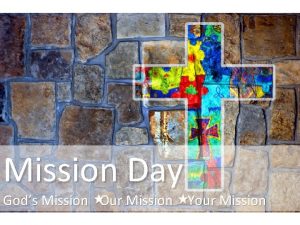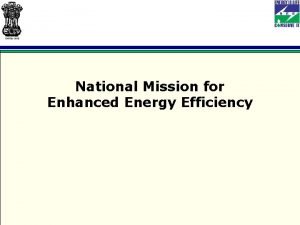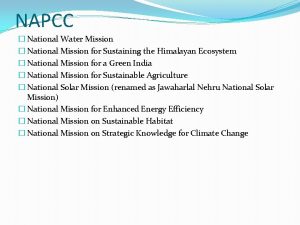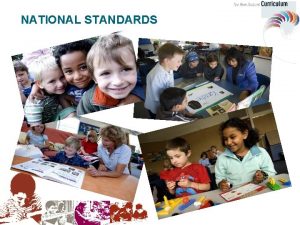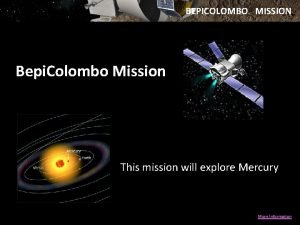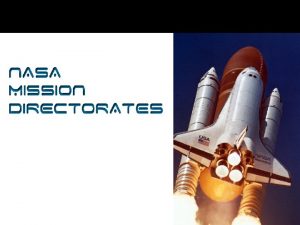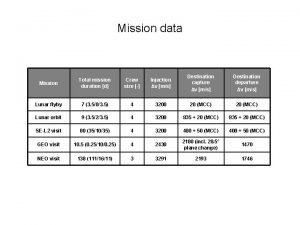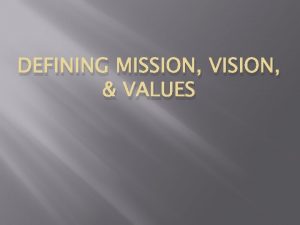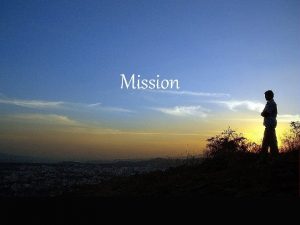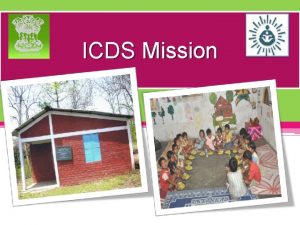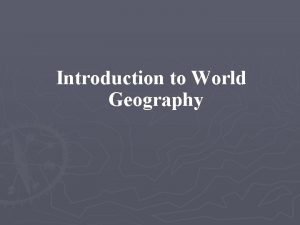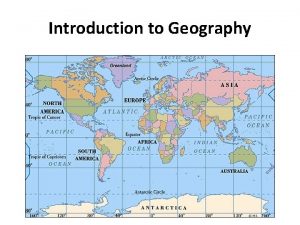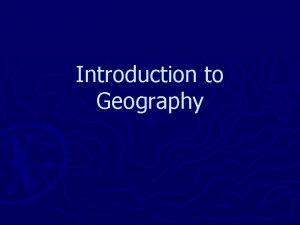Mission Geography Introduction to the National Geography Standards


















- Slides: 18

Mission Geography Introduction to the National Geography Standards Geography for Life

Opinions… AGREE STRONGLY AGREE DISAGREE STRONGLY DISAGREE

Agree or Disagree? • Geography is an important part of the social studies. • Geography has a great deal to contribute to the study of science. • Geography is an important life skill. • More teachers are interested in geography and good geography materials than in the past. • Students are learning more, and better, geography now than in the past.

Mission Geography • Teaching geography to reach a new standard • Exploring the new world of geography education

Geography for Life • New definition of geography An integrated study of the physical and human dimensions of the world People, Places, and Environments

Geography for Life • Two perspectives: *Spatial *Ecological

Six Essential Elements • • • The World in Spatial Terms Places and Regions Physical Systems Human Systems Environment and Society The Uses of Geography

Innovation: Student Centered What students know AND CAN DO! By the end of 4 th grade the student knows and understands: 1. The characteristics and purposes of geographic representations… Therefore the student is able to: show spatial information on geographic representations

Innovation: Environment • Physical processes that shape our environment • Human processes that influence our environment • The interaction between society and the environment

Innovation: Thinking Centered • Thinking like a geographer Applying geographic skills and perspectives to solve problems, make decisions, draw conclusions, make generalizations Maps, maps Observing and analyzing the world through rich, detailed images

Innovation: Integrated Skills • Emphasis on DOING geography Asking geographic questions Collecting geographic information Organizing geographic information Analyzing geographic information Answering geographic questions

Innovation: History and Geography • Knowing geography to understand our world Past Present Future

Classic Geography • Locations Innovation: Why things are located where they are and the consequences of location

Classic Geography • Map and Globe Skills Innovation Making and interpreting maps Using maps to tell stories and solve problems Using maps and related images produced with new technologies Using maps to enhance reading comprehension

World in Spatial Terms By the end of 4 th grade: • The characteristics and purposes of geographic representations such as maps, globes, graphs, diagrams, aerial and other photographs and satellite produced images • The characteristics and purposes of tools and technologies such as reference works and computer-based geographic information systems • How to display spatial information on maps and other geographic representations • How to use appropriate geographic tools and technologies

The World in Spatial Terms By the end of 8 th grade: • The characteristics, functions, and applications of maps, globes, aerial and other photographs, satellite produced images, and models • How to make and use maps, globes…to analyze spatial distributions and patterns • The relative advantages and disadvantages of using maps, globes, aerial and other photographs, satellite produced images, and models to solve geographic problems

The World in Spatial Terms By the end of 12 th grade: • How to use maps and other graphic representations to depict geographic problems • How to use technologies to represent and interpret Earth’s physical and human systems • How to use geographic representations and tools to analyze, explain, and solve geographic problems

Teaching to a new standard • In your state? • In your school? • Implications?
 Mission geography
Mission geography Customer service standards table
Customer service standards table Ayush license karnataka
Ayush license karnataka National bamboo mission
National bamboo mission National mission for sustainable agriculture
National mission for sustainable agriculture Nhm tamilnadu
Nhm tamilnadu National rural health mission
National rural health mission National monsoon mission
National monsoon mission National 5 pe marking scheme
National 5 pe marking scheme National 5 understanding standards
National 5 understanding standards Ansi/neca 1-2015
Ansi/neca 1-2015 What are national core standards?
What are national core standards? 7 domains of ncbts
7 domains of ncbts National ems education standards
National ems education standards National standards project
National standards project National institute of standards and technology
National institute of standards and technology 1994 music standards
1994 music standards 433f national standards
433f national standards National science education standards inquiry
National science education standards inquiry



